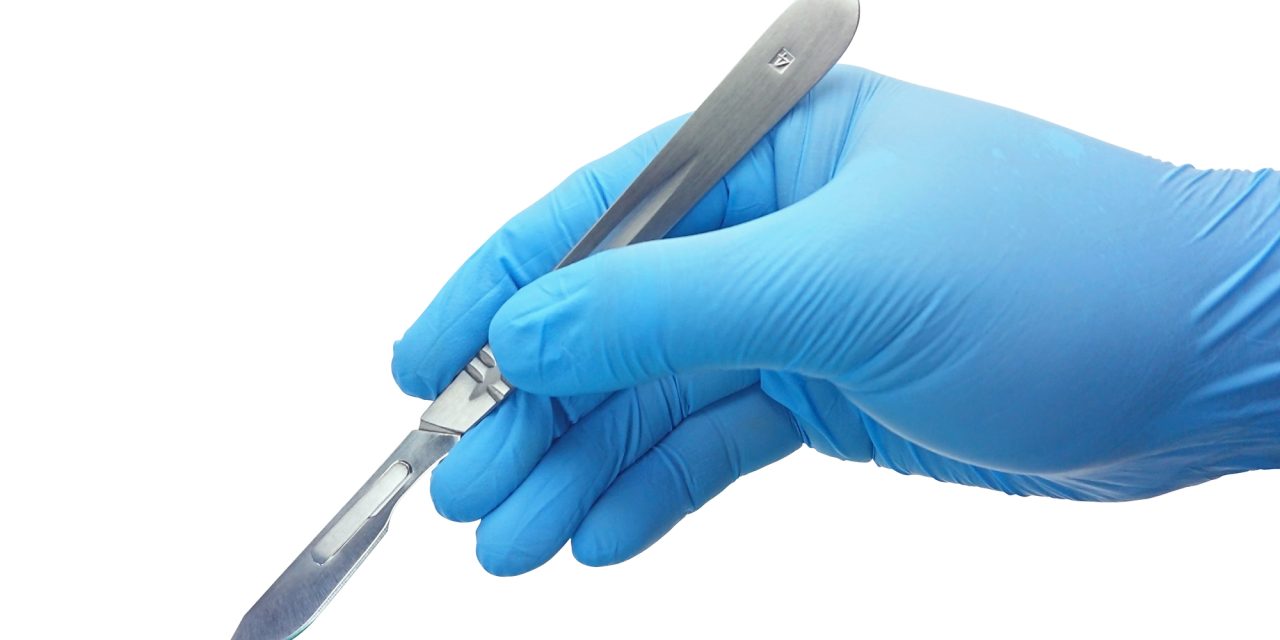To determine if three-dimensionally printed (3Dp) fracture models can improve orthopedic trainee education.
A prospective comparison study of orthopedic trainees and attending surgeons was performed, where a range of calcaneal fractures were used for creating anonymized 3Dp models. Study participants rotated through workstations viewing computed tomography images and either a digital 3D volume rendering or 3Dp model of the fractured calcaneus. Diagnosis, time for evaluation, confidence of fracture understanding, perceived model accuracy, and proposed treatment were compared using a standardized questionnaire.
Sixteen resident trainees and 5 attending surgeons participated in this study. Attending surgeons were required to have fellowship training in trauma or foot and ankle surgery and manage calcaneal fractures as part of their current practice.
Junior residents had the slowest time of assessment (mean = 121 ± 54 seconds) and lowest percentage of correct diagnoses (69%), although these findings did not reach significance compared to the other residency years. Residents displayed higher levels of confidence in fracture understanding with increasing residency year of training (p < 0.0001), and this confidence was greater for cases that included a 3Dp model (p < 0.03). Perceived accuracy of cases with 3Dp models was significantly higher than cases without 3Dp models (7.0 vs 5.5 p < 0.001).
This study found that 3Dp models increase the perceived accuracy of fracture assessment, though no statistically significant improvement in diagnostic accuracy was observed. The 3Dp models did improve trainee confidence, although this effect diminished with increasing residency year. In orthopedic residency training programs, 3Dp models of complex fractures can be a valuable educational tool, especially for junior trainees.
Copyright © 2019 Association of Program Directors in Surgery. Published by Elsevier Inc. All rights reserved.
Impact of 3D Printed Calcaneal Models on Fracture Understanding and Confidence in Orthopedic Surgery Residents.


